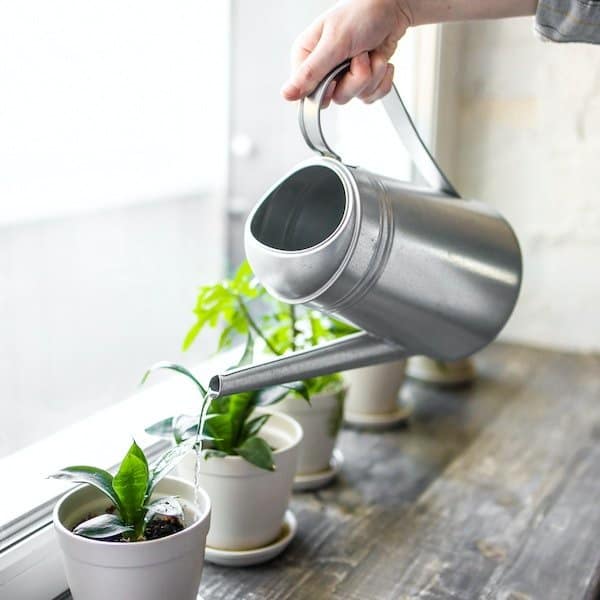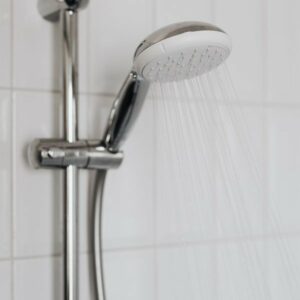What is Distilled Water?
Distilled drinking water is purified water that has gone through a distillation process to remove impurities. This water purification process involves boiling water and collecting the steam, which is then condensed into liquid form. The result is water free from minerals, chemicals, and other contaminants.
One of the main benefits of using distilled water is its purity. Because it has been stripped of all impurities, it can be used in various applications where purity is required, such as laboratory experiments or medical procedures. Additionally, some people prefer distilled water because they believe it has health benefits due to its lack of minerals and contaminants. Here is a list of water distillers that you can check out.
However, there are also potential drawbacks to using distilled water as compared to purified water (through reverse osmosis or some other filter). Since distilled water lacks minerals (which are present in purified water) people who consume only distilled water may become deficient in certain nutrients over time.
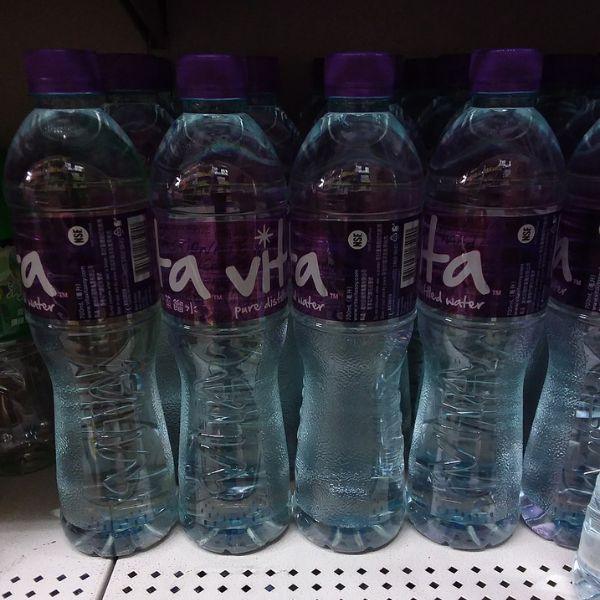
Why Use Distilled Water for Your Plants?
Distilled water is pure water stripped of all impurities through distillation. It contains no minerals or chemicals, making it one of the best options for watering your outdoor or indoor plants. Plants are sensitive to environmental changes and can easily be affected by the quality of their water source. Using filtered or distilled water ensures your plants receive the necessary nutrients without harmful additives.
The use of tap water may seem like an easy solution, but it often contains chlorine, fluoride, and other chemicals that can harm plant growth over time. These chemicals build up in the soil and can lead to nutrient deficiencies or root damage. Additionally, hard water with high levels of minerals such as calcium and magnesium can cause leaf burn and stunted growth in some plants. Distilled water provides a neutral pH level which is ideal for most types of indoor and outdoor plants.
Do Plants Grow Better With Distilled Water?
The distillation process removes impurities, such as minerals and other contaminants, from the water. Many wonder whether distilled water can help plants grow better than tap water or other purified water.
Some gardeners choose to use distilled water because they believe it may be less likely to contain harmful chemicals or pollutants that could harm their plants. Additionally, using distilled water in areas with hard tap water can prevent mineral buildup, which can clog plant roots and slow growth.
However, it’s important to note that while using distilled water may have benefits in certain circumstances, it isn’t always necessary for healthy plant growth. Most plants will grow just fine with regular tap or well water as long as it’s not excessively chlorinated or contains high levels of contaminants.
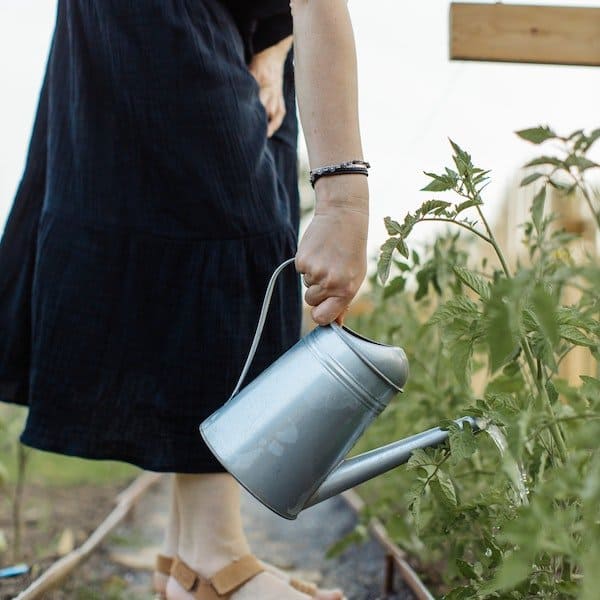
Can You Make Distilled Water at Home?
There are several methods for making distilled water in your home using simple tools and ingredients you likely already have.
The easiest way to make distilled water at home is to use a large stainless steel pot with a lid, place an upside-down bowl inside to support the collecting container, fill it with tap water, and bring it to a boil over high heat. Then, you can simply let it sit until the water evaporates, leaving behind distilled water. This method works best to make a small batch of distilled water. To make larger quantities at once, use a modified pressure cooker or rice cooker instead of a pot.
One important thing to remember while making distilled water at home is to use a clean pot with a tight-fitting lid.
What Makes Distilled Water Different From Other Water?
Distilled water is purified water that has gone through a distillation process. This process removes impurities and minerals from the water, leaving only pure H2O molecules behind. This makes distilled water different from other types of water, such as tap or mineral water.
One of the main differences between boiled vs distilled water or tap water is the presence of minerals. Boiled and tap water contains varying amounts of minerals such as calcium, magnesium, and sodium. While these minerals often benefit human health in small doses, excessive intake can lead to health problems. Distilled water, on the other hand, has been stripped of all minerals and provides an almost purely clean source of hydration. Another key difference between distilled and mineral waters is their taste profiles.
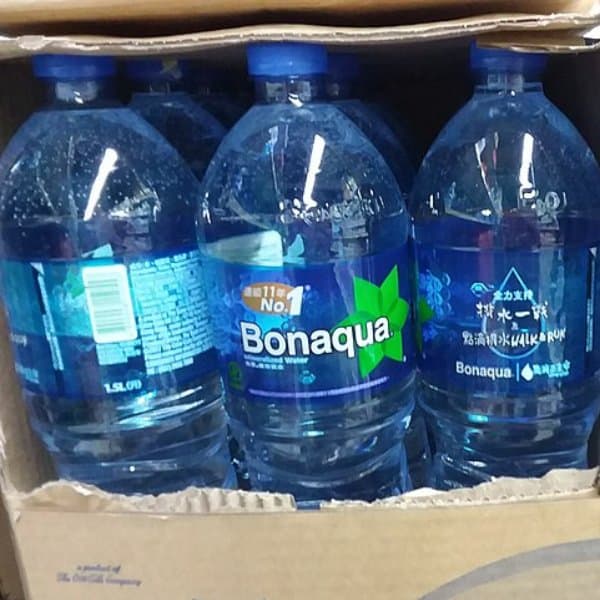
How to Make Distilled Water for Plants?
Many gardeners and plant enthusiasts choose to use distilled water for their plants, as it can help prevent the buildup of minerals in the soil and reduce the risk of harmful chemical exposure. Making distilled water for your plants is a simple process that can be done at home with just a few tools. You will need a large pot with a lid, tap water, and a heat-resistant bowl to start.
- Fill the pot with tap water until it reaches about three-quarters full.
- Place the bowl inside the pot to float on top of the water.
- Put the lid on upside down so that it rests over the bowl.
- Turn on your stove and bring the water to a boil.
- As the water boils, the steam passes into the bowl and then evaporates into the air. This process will continue until the water has been boiled and only distilled water remains in your bowl.
- The steam allows a constant supply of fresh water to condense on the lid, and you can simply pour it off as needed.
Now, you can use this water for plants.
Conclusion
Distilled water is generally a safe and effective choice for watering plants. It doesn’t contain any minerals that may damage plants; in some cases, it’s even more beneficial than tap water. However, before using distilled water, consider the plants that need to be watered and consult an expert to ensure the best results.
